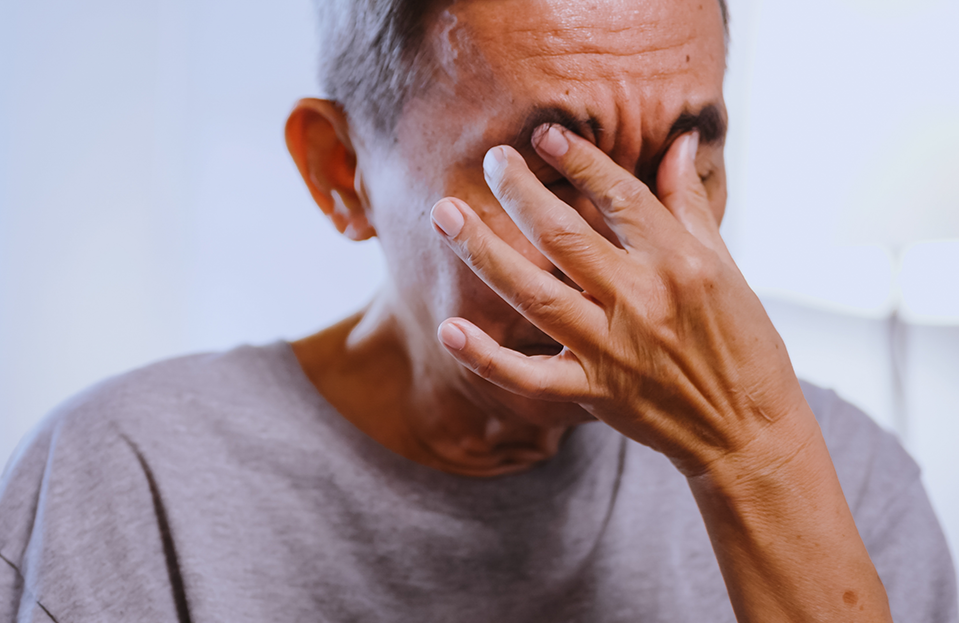“Migraine: More than just headaches”
“Discover the hidden causes, effective treatments and tips to overcome the daily battle against this debilitating disease.”
Migraine is a complex neurological condition that affects millions of people worldwide. It’s more than just a headache; It is a chronic disease that can significantly affect the quality of life of those affected. On this page, we will explore the causes, symptoms, treatment options, and lifestyle changes that can help with better migraine management.
What is migraine?
Migraine is a neurological condition characterized by repeated attacks of headaches, often accompanied by symptoms such as nausea, vomiting, and increased sensitivity to light and sound. Seizures can vary in duration and intensity, ranging from a few hours to several days. According to the World Health Organization (WHO), migraines are among the top 20 diseases that lead to disability worldwide.
Types of migraines
There are several types of migraines, including:
– Migraine without aura: The most common form, characterized by unilateral, pulsating headaches, often aggravated by physical activity.
– Migraine with aura: This type precedes headaches with neurological symptoms such as visual disturbances (flashes, spots), numbness or speech disorders.
– Chronic migraine: A more severe form in which headaches occur more than 15 days a month, often with symptoms similar to migraines.
– Hemiplegic migraine: A rare and severe form that can cause temporary paralysis on one side of the body.
Causes of migraine
The exact causes of migraines are not yet fully understood, but it is likely a combination of genetic and environmental factors.
Common triggers include:
– Hormonal changes: Women are more likely to suffer from migraines during menstruation, pregnancy or menopause.
– Diet: Certain foods such as chocolate, alcohol, caffeine, and artificial sweeteners can trigger seizures.
– Stress: Emotional or physical stress is a major trigger for migraines.
– Lack of sleep: Both too much and too little sleep can increase the frequency of seizures.
– Environmental factors: Bright lights, loud noises, and strong odors can also trigger an attack.
Symptoms of migraine
Symptoms can vary depending on the person and the seizure. The most common symptoms are:
– Headache: Often on one side of the head, throbbing or pulsating.
– Nausea and vomiting: Many people suffer from nausea, sometimes vomiting.
– Hypersensitivity: Increased sensitivity to light (photophobia) and sounds (phonophobia) is common.
– Aura: Some people experience visual or sensory symptoms before the headache, such as flashing or tingling.
Diagnosis of migraine
Proper diagnosis is essential for effective treatment and usually includes:
– Medical history: The doctor asks questions about the frequency, duration and severity of the headache.
– Physical examination: This helps to rule out other causes of headaches.
– Imaging: In some cases, an MRI or CT scan may be needed to rule out other neurological conditions.
Treatment of migraine
Migraine treatment can be divided into two main categories: acute treatment and preventive treatment.
– Acute treatment: Medications taken during an attack to relieve symptoms, such as:
– Painkillers: Over-the-counter medications such as ibuprofen or paracetamol for mild seizures.
– Triptans: Specially developed for migraines, prescription only.
– Antiemetics: Medications that reduce nausea, especially useful in case of vomiting.
– Preventive treatment: Daily medications to reduce the frequency and severity of seizures, such as:
– Beta-blockers: Often prescribed to people with frequent seizures.
– Antidepressants: Some can help reduce the frequency of migraines.
– Anticonvulsants: Often used for epilepsy, but also effective for migraines.
– Botox injections: For people with chronic migraines, Botox injections may be an option.
Lifestyle and self-care
In addition to medication, there are various lifestyle changes and self-care measures that can help manage migraines:
– Nutrition: Keeping a food diary can help identify triggers. Avoid known triggering foods such as alcohol and caffeine.
– Stress management: Techniques such as meditation, yoga, and deep breathing can reduce stress, a major trigger for migraines.
– Sleep: Make sure you have a regular sleep schedule and plenty of rest to reduce the chances of seizures.
– Hydration: It is important to drink enough water; Dehydration can trigger an attack.
– Regular exercise: Moderate exercise can help reduce stress and improve overall health.
When should you see a doctor?
See a doctor if:
– The headache occurs suddenly and extremely (this can be a sign of a stroke or other serious diseases).
– The headache worsens or changes the pattern.
– Other symptoms occur, such as blurred vision, paralysis, or speech problems.
Inference
Migraines are a complex and often disabling condition that can have a major impact on daily life. While the causes and triggers can vary, there are various treatment options and lifestyle changes that can help manage the condition. Consultation with a healthcare provider is crucial for a correct diagnosis and personalized treatment plan. With the right approach, people with migraines can improve their quality of life and manage their symptoms more effectively.



